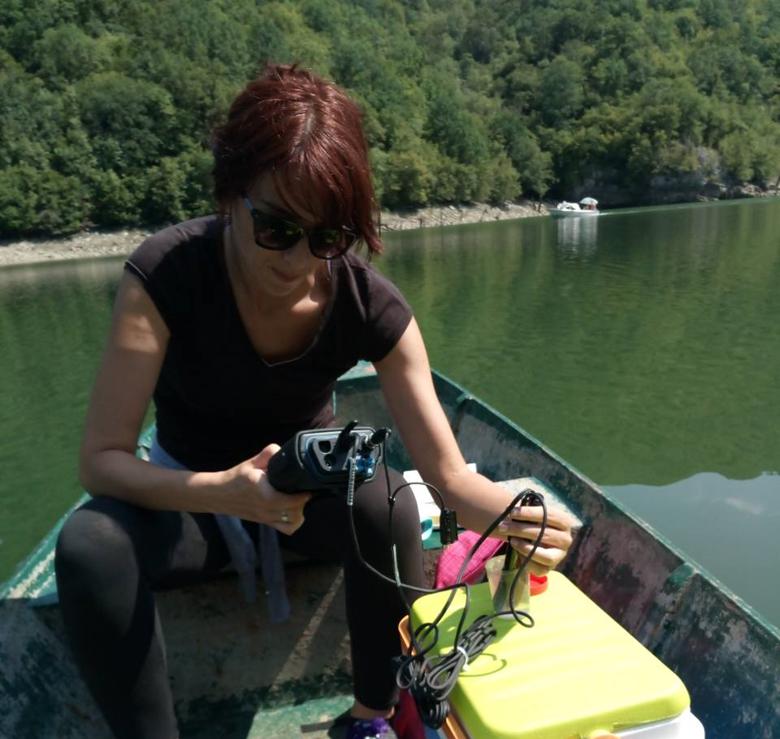Nataša Mazalica
Estimated population trend of the Danube salmon in the Vrbas River is decreasing and this project aims to gather more information to help boost conservation efforts for this species. With this research we are trying to gain more information and show different point of view of negative influence of dams on the endangered Danube salmon trough scientific data provided by estimating status of the habitat of Bočac accumulation conducting phytoplankton analysis, physical and chemical and cyanotoxin analysis of water samples and cyanotoxin analysis of fish tissue.
Rising awareness on negative impact of existing dam on habitat and Danube Salmon as endangered species, its conservation importance and future is one of the key element of the project aims.

Huchen or Danube salmon Hucho hucho, is freshwater fish endemic in the Danube drainage, where it once occurred in all major tributaries and parts of the Danube itself. Huchen has been assessed by the The IUCN Red List of Threatened SpeciesTM as being Endangered (Freyhof & Kottelat 2008) and it is one of very few globally threatened fish species in the Danube catchment.
The population of the species continues to decrease since many new dams have been built in past 30 years in the Danube drainage and hydropower development is booming throughout the rivers, especially because there are required activities for EU regulation implementation for non EU countries regarding electrical power production from renewable sources. For all this reasons it is necessary to pay more attention to the Danube salmon which is a species sensitive to pollution and a good indicator for river health. Besides migratory barrier caused by the dams as an endangering factor for the Danube salmon, water retention is improving the eutrophication process in accumulations which can lead to increase in cyanotoxin producing phytoplankton (cyanobacteria) and represent a health risk factors for Danube Salmon. Cyanotoxins are bio-acumulative and are mostly retained in liver and muscles of the fish, causing histopathological changes and harming the health and wellbeing of the species, as well as human population trough use of water ecosystem services.